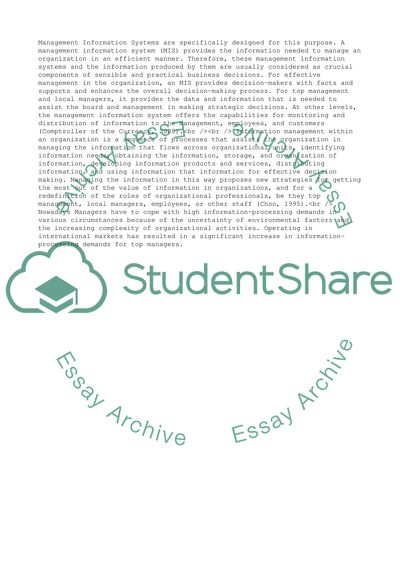Cite this document
(Role of Management Information Systems in Reporting Term Paper, n.d.)
Role of Management Information Systems in Reporting Term Paper. Retrieved from https://studentshare.org/management/1573055-what-is-the-role-of-management-information-systems-in-the-reporting-process-in-a-multinational-enterprise-discuss-the-statement-inadequate-mis-in-foreign-affiliates-can-become-a-control-problem-for-mnes
Role of Management Information Systems in Reporting Term Paper. Retrieved from https://studentshare.org/management/1573055-what-is-the-role-of-management-information-systems-in-the-reporting-process-in-a-multinational-enterprise-discuss-the-statement-inadequate-mis-in-foreign-affiliates-can-become-a-control-problem-for-mnes
(Role of Management Information Systems in Reporting Term Paper)
Role of Management Information Systems in Reporting Term Paper. https://studentshare.org/management/1573055-what-is-the-role-of-management-information-systems-in-the-reporting-process-in-a-multinational-enterprise-discuss-the-statement-inadequate-mis-in-foreign-affiliates-can-become-a-control-problem-for-mnes.
Role of Management Information Systems in Reporting Term Paper. https://studentshare.org/management/1573055-what-is-the-role-of-management-information-systems-in-the-reporting-process-in-a-multinational-enterprise-discuss-the-statement-inadequate-mis-in-foreign-affiliates-can-become-a-control-problem-for-mnes.
“Role of Management Information Systems in Reporting Term Paper”, n.d. https://studentshare.org/management/1573055-what-is-the-role-of-management-information-systems-in-the-reporting-process-in-a-multinational-enterprise-discuss-the-statement-inadequate-mis-in-foreign-affiliates-can-become-a-control-problem-for-mnes.


